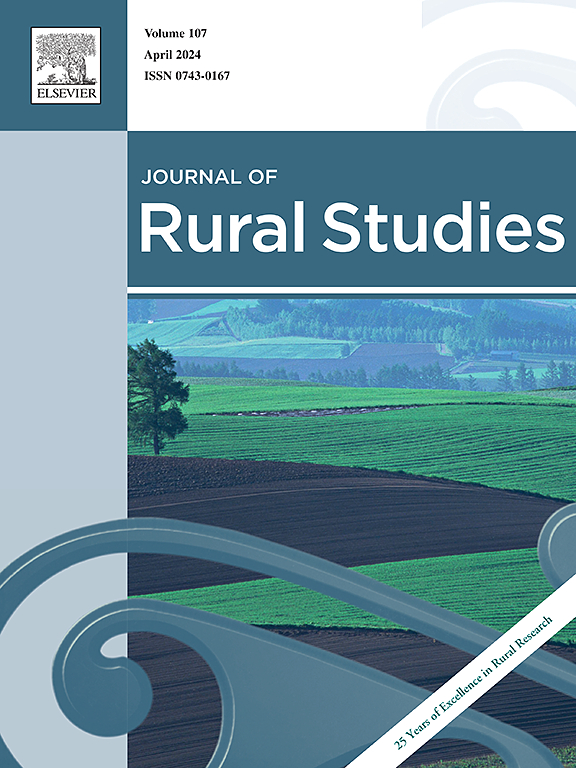农村地区的技术转让如何演变?发展中经济体的转移者、接受者和吸收能力的作用
IF 5.1
1区 社会学
Q1 GEOGRAPHY
引用次数: 0
摘要
技术转让可以成为发展中经济体减少农村贫困的关键机制,使当地能够生产可消费和可销售的产品。然而,文献倾向于将技术转移过程视为单向的,很大程度上忽略了转移接受者和转移者之间目标、知识和技能的持续变化。本文利用哥伦比亚考卡两个纵向技术转让案例的深入数据,探讨了技术转让在农村社区如何随时间演变。我们开发了一个技术转移的五阶段模型,解释了参与者吸收能力的变化如何以及为什么会随着时间的推移影响技术转移。该模型解释了两个农村社区的技术转让如何从项目接近失败的启动阶段发展到在当地生态系统中出现,并随着时间的推移发展到在当地生态系统中实现自我维持和可持续的当地生产的制度化。要使技术转让进程取得成功,农村社区的行动者需要发展其吸收能力。技术转让方需要了解和适应受让方社会、经济和环境需求和背景的变化。本文通过展示技术转移的目标、设置和能力随着时间的推移而变化,以及技术转移项目可以导致当地生态系统的形成,为文献做出了贡献。我们认为,该模型可适用于与主流文化不同的以强大的地方文化为特征的环境。本文章由计算机程序翻译,如有差异,请以英文原文为准。
How does technology transfer evolve in rural regions? Transferors, recipients, and the role of absorptive capacity in developing economies
Technology transfer can be a key mechanism used to decrease rural poverty in developing economies by enabling local production of consumable and saleable products. However, the literature tends to deal with the technology transfer process as unidirectional, largely ignoring the on-going changes in goals, knowledge, and skills among transfer recipients and transferors. This paper addresses how technology transfer evolves over time in rural communities by drawing on in-depth data from two longitudinal cases of technology transfer in Cauca, Colombia. We develop a five-phase model of technology transfer that explains how and why changes in the absorptive capacity of the actors affect technology transfer over time. The model explains how technology transfer in two rural communities developed from the initiation phase, where projects are near failure, to their emergence in a local ecosystem, and over time to the institutionalization of self-sustaining and sustainable local production in a local ecosystem. For technology transfer processes to succeed, actors in rural communities need to develop their absorptive capacity. The technology transferors need to understand and adapt to changes in the recipients’ social, economic, and environmental needs and context. The paper contributes to the literature by showing that the goals, setup, and capabilities for technology transfer change over time, for both transferors and recipients, and that technology transfer projects can lead to the formation of local ecosystems. We propose that the model is transferable to settings characterized by strong, local cultures unlike those in mainstream cultures.
求助全文
通过发布文献求助,成功后即可免费获取论文全文。
去求助
来源期刊

Journal of Rural Studies
Multiple-
CiteScore
9.80
自引率
9.80%
发文量
286
期刊介绍:
The Journal of Rural Studies publishes research articles relating to such rural issues as society, demography, housing, employment, transport, services, land-use, recreation, agriculture and conservation. The focus is on those areas encompassing extensive land-use, with small-scale and diffuse settlement patterns and communities linked into the surrounding landscape and milieux. Particular emphasis will be given to aspects of planning policy and management. The journal is international and interdisciplinary in scope and content.
 求助内容:
求助内容: 应助结果提醒方式:
应助结果提醒方式:


